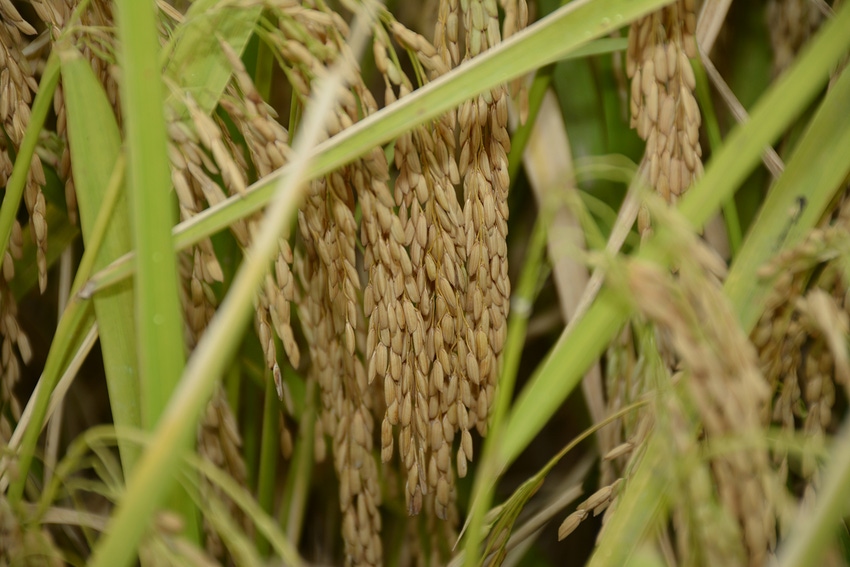
Business consolidation continues. The U.S. business world, including the food and agricultural sector, remain in a consolidation period, due in part to global competition. China and other countries, for their own economic, social, and political reasons, embrace varying levels of protectionism and nationalism as global governments increasingly shelter their business sectors through support programs.
There will be a U.S. Chinese trade deal, probably sooner rather than later, but a short-term deal, not “The Deal.”
Global fiscal, monetary, and trade policy agreements between the U.S., China and other foreign governments will be open ended with policymaking a journey, not a destination.
Why will policymaking be a journey? Three key points related to this article:
The world’s technological progression has the potential to explode with staggering impacts on mankind through amazing opportunities given the opportunity to come to fruition;
The U.S. business model is vastly different from the Chinese business model; and
Authoritarianism, or governments with strong central powers, are gaining momentum for several reasons, but building economic and social challenges, and future economic uncertainty are key.
Respect the 2019 Farm Business Environment
The U.S. and global currency, bond, equity and commodity markets continue in a realignment period. In all probability there will be periods of relative economic strength like we are currently experiencing in some sectors and periods or weakness with heightened uncertainty. Presently, global equities are reflecting some optimism, but that will likely change as the realignment period continues. Risk management through financial professionals is all important.
Since business, production, and marketing headwinds will likely be formidable, producers want to be as efficient as possible because, unfortunately, one’s competition is next door, regional, national and global.
Global commodity supplies formidable
Visualization through the accompanying prospective acreage and supply and demand slide show is all important to this article. I have replicated key slides and moved them at the front of the slide show, so please take the time to download and view.
Key points to consider as analysts ratchet up analysis of the closing months of the 2018/19 marketing period and turn their attention increasingly to the 2019/20 marketing period are as follows:
Rice 2018/19:
Global rice ending stocks are at record highs of 171.4 million metric tons, Chart A1.
U.S. all rice ending stocks are estimated at 1.7 million metric tons, the highest since 1985, Chart A2.
U.S. long grain rice ending stocks are 34.8 million cwt., the second largest since 1985, and planting intentions imply a larger ending stocks number for the 2019/20 marketing period without a new demand source, Chart A3.
U.S. medium grain rice ending stocks are 13.4 million cwt. and above the previous two marketing periods. Before planting southern medium grain rice, producers should have a home for their production, given foreign competition, Chart A4.
Soybeans 2018/19:
Global soybean ending stocks are at record highs of 107.4 million metric tons, Chart A5.
United States soybean ending stocks are at record highs of 24.4 million metric tons, which is 104 percent larger than 2017/18 marketing period, Chart A6.Corn 2018/19:
Global corn ending stocks are estimated at 314 million metric tons, down from the previous two marketing periods, but still the third highest on record, Chart A7.
United States corn ending stocks are estimated at 51.7 million metric tons, down from the previous two marketing periods and the fifth highest since 1987. Presently, U.S. corn producers intend to increase their 2019 corn acreage over their 2018 planted acres by 4 percent to 92.8 million acres of corn, Chart A8.
Corn 2018/19:
Global corn ending stocks are estimated at 314 million metric tons, down from the previous two marketing periods, but still the third highest on record, Chart A7.
United States corn ending stocks are estimated at 51.7 million metric tons, down from the previous two marketing periods and the fifth highest since 1987. Presently, U.S. corn producers intend to increase their 2019 corn acreage over their 2018 planted acres by 4 percent to 92.8 million acres of corn, Chart A8.
Cotton 2018/19:
Global cotton ending stocks are at five-year lows at 76.4 million bales, Chart A9.
United States cotton ending stocks are estimated at 4.4 million bales, the highest in the current 10 marketing periods. 2019 planting intentions are down slightly 14.1 million to 13.8 million. Chart A10.
Wheat 2018/19:
Global wheat ending stocks are the second highest on record at 275.6 million metric tons, Chart A11.
United States wheat ending stocks declined from a high in 2016/17’s 32.1 million tons to 2018/19’s 29.58, but remains the 3rd highest since 1987/88, Chart A12.
The remaining 2018/19 and the 2019/20 U.S. rice, soybean, corn and wheat marketing periods appear to be retaining their ongoing characteristics of range bound and hostage to global governments’ policy disputes and central banks stimulative intervention activities. Cotton presently has slightly more favorable fundamentals, but time and final planting will provide a better picture.
Quite simply, it remains a highly challenging business environment, so one’s production, financial and marketing advisors will be most critical to one’s 2019 business success.
No Crystal Ball
Since no one has a crystal ball or knows the future, always consult an investment professional or professionals before making investment decisions. The world’s greatest speculators, investors and money managers are challenged by today’s global business environment.
Source: Bobby Coats is a professor and extension economist in the Department of Agricultural Economics and Agribusiness, University of Arkansas System, Division of Agriculture, Cooperative Extension Service. E-mail: [email protected]. and is solely responsible for the information provided and is wholly owned by the source. Informa Business Media and all its subsidiaries are not responsible for any of the content contained in this information asset.
Download Slide Show for charts and expanded details, Click Download Link
DISCLAIMER-FOR-EDUCATIONAL-PURPOSES-ONLY
About the Author(s)
You May Also Like




